Tag: TCI

Bridging the gap: Soil health in Ithaca and India, from lab to field to lab
Bihar, 2018:
The thick fog blanketed the city making it impossible to see any of the buildings down below. I’d been warned of the trouble with fog in the northern part of India but the inability to see anything beyond…
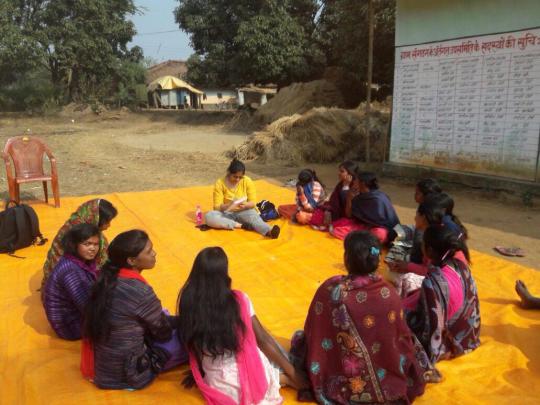
Making adolescent girls a priority, not an afterthought, in the global health debate
“In global health, we talk a lot about neglected diseases like onchocerciasis and schistosomiasis—serious ailments that most people have never heard of. But a condition that everybody is perfectly aware of, malnutrition, may be the most neglected health problem in…
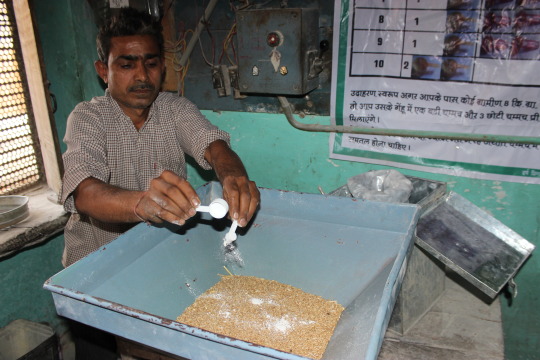
Can social marketing be a path towards improved nutrition?
The Tata-Cornell Institute (TCI) has been running an iron flour fortification program in a tribal community in Gujarat. It uses the principles of social marketing to generate awareness about the importance of iron and other micronutrients, and consequentially aims to…
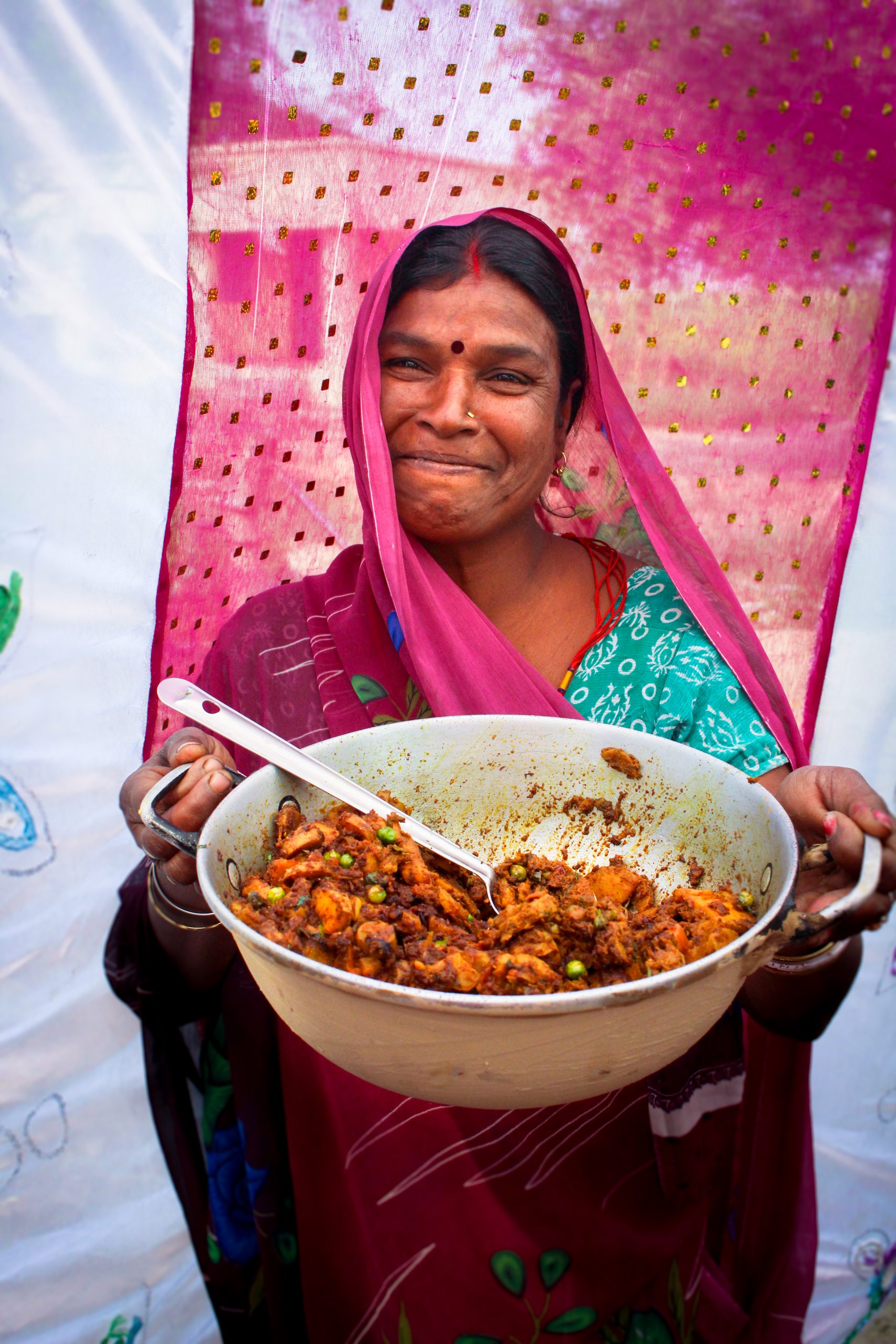
New food for better health: Introducing orange sweet potato to Uttar Pradesh
On a bright, windy morning in the rural district of Maharajganj, Sunita Devi listens for the crackling of cumin seeds in hot mustard oil, then adds a heap of chopped onions and garlic to the pan, smiling as they begin…
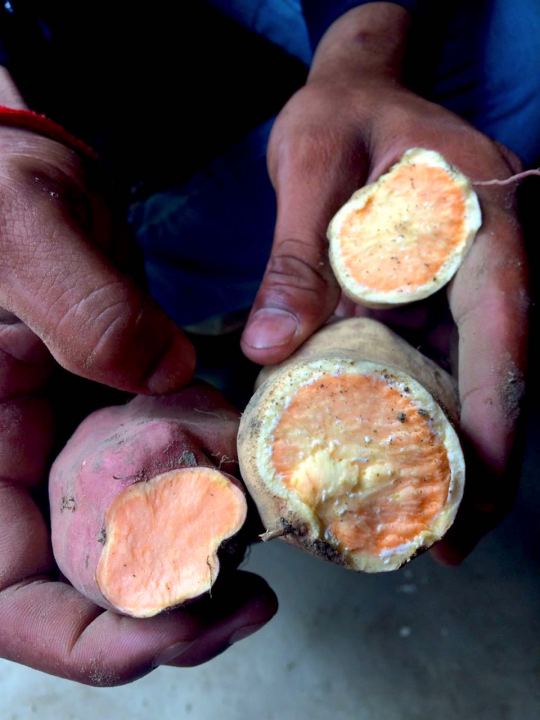
Farmers’ decision making and perceived benefits of orange-fleshed sweet potato adoption
“He says orange-fleshed sweet potato has made his family healthier,” my translator, Shaktikar says as I scribble notes in a small notebook. I make sure not to disturb the iPhone pointed towards the farmer we’re interviewing. It is recording every…

Micronutrient transmission from soils to humans
They say “we are what we eat” but can it be that we are what the soil is? Soil forms the foundation of the food we eat. It also serves as the main reservoir of the water we drink, making…
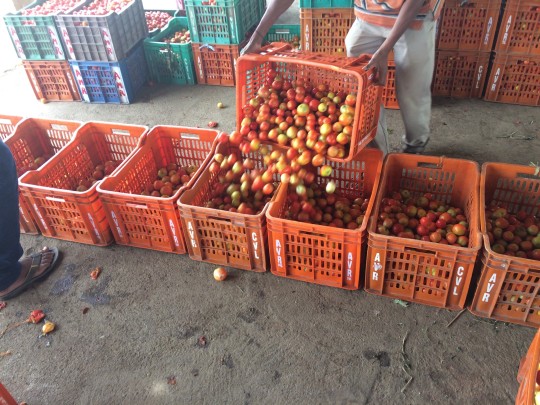
Interacting with value chain actors: What to do when your research subjects have work to do
Levels of food loss are product and value chain specific. An important first step in determining methods and metrics to evaluate food loss of perishables was to identify the product (or products) and map the value chains. The objective of…
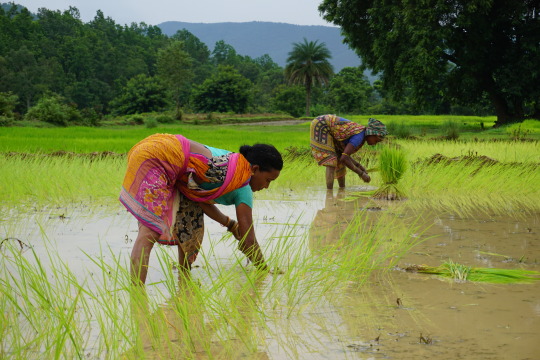
Why agricultural income growth is critical for young women’s nutrition
Much academic and policy interest has been generated in recent years to understand how the agricultural sector can be leveraged to address problems of malnutrition in developing countries. For improving nutrition among women in particular, agriculture─nutrition linkages are important, since…
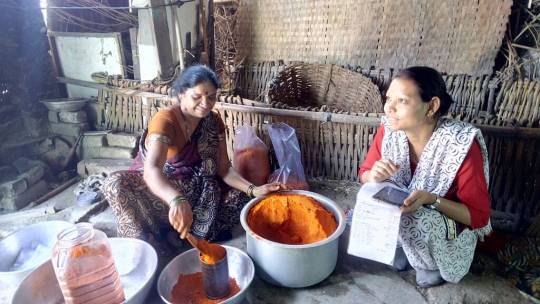
Collecting time use data: Accelerometers or survey methods?
How people spend their time can influence their health, nutrition, and income. However, accurately measuring time use can be very challenging. In this blog, Vidya S.R. Vemireddy, a PhD candidate in applied economics at the Tata-Cornell Institute for Agriculture and…

Antibiotic Resistance: Fighting a Multi-Headed Demon
The direct public health ramifications of antibiotic resistance are truly enormous, with estimated losses in hundreds of millions of lives and trillions of dollars, when accounting for prolonged illness, death, production losses and negative impacts on food security and livelihoods.…

